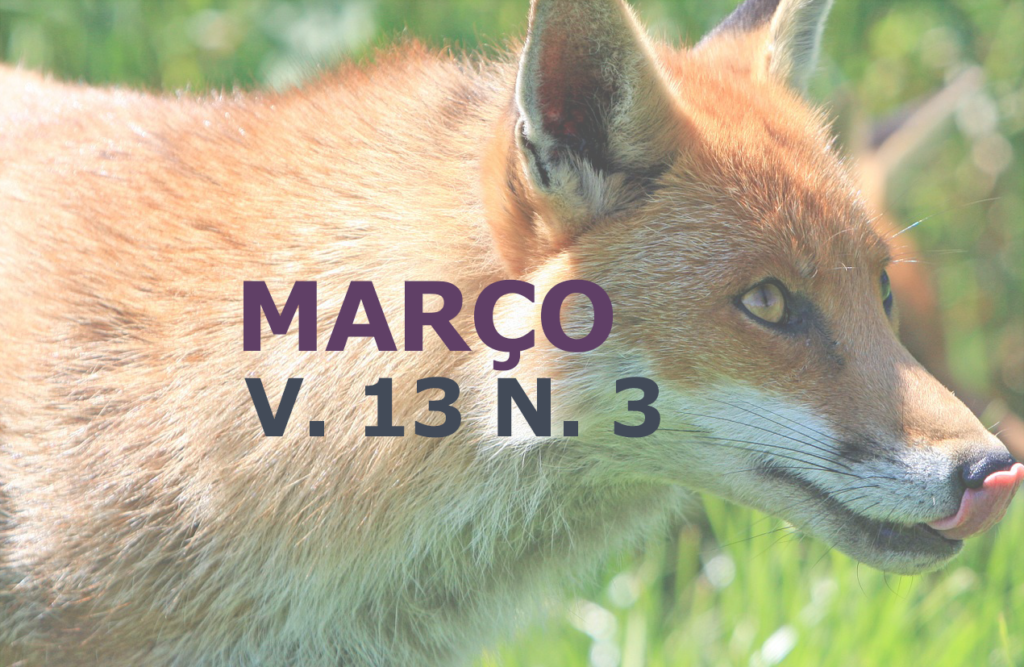Cholecystitis chronic suppurative associated with obstruction of biliary duct common in feline: Case report
DOI:
https://doi.org/10.31533/pubvet.v13n3a299.1-6Keywords:
choledochoduodenostomy, cats, hyperproteinemia, jaundice, hepatic parenchymaAbstract
The objective of this study was to report a case of common bile duct obstruction due to chronic cholecystitis in a female feline, without defined race with four years old. The cholecystitis characterized by inflammation of the biliary tract, which in some cats may also extend up to the hepatic parenchyma, one of the main causes of obstruction of the biliary bucto. Other common causes of biliary tract obstruction are related to pancreatitis and cholangitis. Clinical signs are nonspecific and its manifestation depends on the time and intensity of the obstruction (total or partial), usually have jaundice, anorexia, vomiting, diarrhea and weight loss. The definitive diagnosis is usually performed by ultrasonography, which reveals dilatation of the biliary tract and gallbladder. Also expect increased activity of hepatobiliary enzymes, bilirubin and cholesterol in the light of cholestasis. As a treatment it is recommended in cases of partial obstruction clinical treatment and in cases of total obstruction or absence of improvement with clinical treatment choledochoduodenostomy and the prognosis depends on the cause and degree of obstruction. When required surgery the prognosis becomes unfavorable, mainly by the weakness of the patient and risk of peritonitis development postoperatively.
Downloads
Published
Issue
Section
License
Copyright (c) 2019 Gisandra de Fátima Stangherlin, Veridiane da Rosa Gomes, Aparício Mendes de Quadros, Carla Reis, Heloísa Helena de Alcântara Barcellos, Marco Augusto Machado Silva, Bruna Cenci Ortiz, Francisco Jorge Schulz Júnior

This work is licensed under a Creative Commons Attribution 4.0 International License.
Você tem o direito de:
Compartilhar — copiar e redistribuir o material em qualquer suporte ou formato
Adaptar — remixar, transformar, e criar a partir do material para qualquer fim, mesmo que comercial.
O licenciante não pode revogar estes direitos desde que você respeite os termos da licença. De acordo com os termos seguintes:
Atribuição
— Você deve dar o crédito apropriado, prover um link para a licença e indicar se mudanças foram feitas. Você deve fazê-lo em qualquer circunstância razoável, mas de nenhuma maneira que sugira que o licenciante apoia você ou o seu uso. Sem restrições adicionais
— Você não pode aplicar termos jurídicos ou medidas de caráter tecnológico que restrinjam legalmente outros de fazerem algo que a licença permita.





